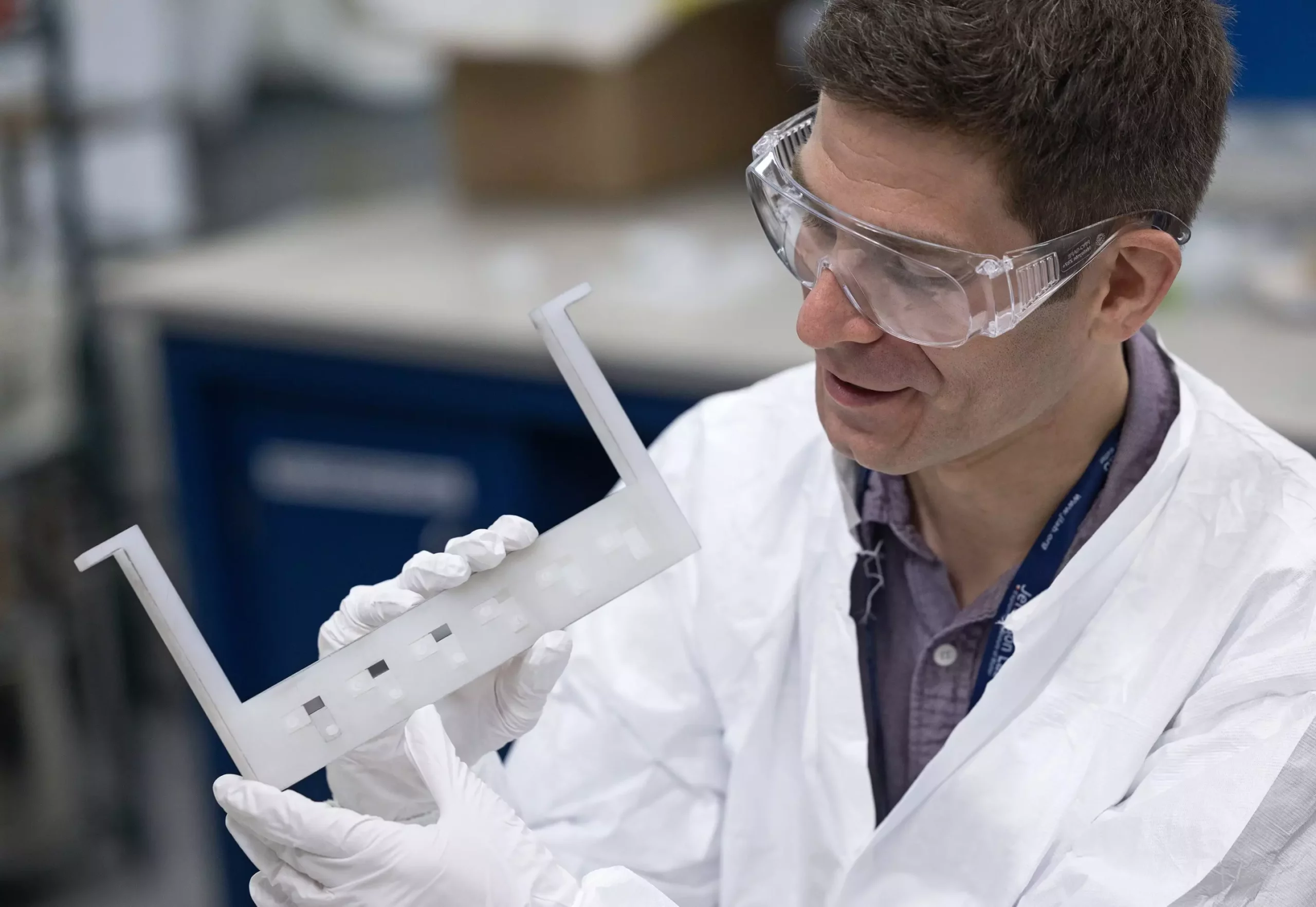Particle accelerators stand as some of humanity’s most awe-inspiring instruments, probing the fundamental particles that compose our universe. Yet, the staggering costs of building and operating these machines have long posed an obstacle. Central to these accelerators are superconducting cavities—meticulously engineered structures made primarily from niobium—that generate intense electromagnetic fields to propel particles at nearly the speed of light. Recent developments from scientists at the Thomas Jefferson National Accelerator Facility reveal groundbreaking insights into how subtle oxygen impurities in niobium dramatically enhance cavity performance, potentially transforming the economics and efficiency of future accelerators.
Why Niobium Cavities Matter and What Limits Their Power
Niobium is prized because it becomes superconducting when cooled to cryogenic temperatures, allowing cavities crafted from it to sustain giant electromagnetic fields without resistance. These fields accelerate charged particles effectively, but a critical question looms: how high can these fields be pushed before the niobium’s superconductivity falters? The current barrier is thermal quenching—if the field exceeds a certain threshold, the cavity overheats, losing its superconducting state and halting acceleration.
Conventional wisdom had attributed these limits solely to the intrinsic properties of pure niobium. However, engineers know that accelerating particles with higher fields allows for more compact accelerators, translating to significant savings in construction costs and space. For example, doubling the maximum field strength could dramatically shrink a 20-mile-long accelerator down to 10 miles. Clearly, innovations that push performance boundaries can ripple beyond science to impact economics and infrastructure.
Oxygen: The Unexpected Ally in Cavity Enhancement
Enter the enigma of oxygen. Typically, oxides forming on the niobium surface were viewed as impurities to avoid, but new research flips this perspective. When niobium cavities undergo specialized baking processes—heat treatments under vacuum at temperatures between 120°C and 300°C—these oxides break down, allowing oxygen atoms to penetrate a few micrometers beneath the surface. Through careful chemical analysis using secondary ion mass spectrometry, Jefferson Lab scientists including Eric Lechner and Charles Reece discovered that this oxygen infusion correlates with an unexpected boost in accelerating fields.
Their pioneering work, published recently, introduces a robust mathematical model describing how oxygen diffuses into niobium depending on baking conditions. This model transcends earlier approximations by capturing complex oxide breakdowns at varying temperatures and baking durations. It ties microscopic oxygen distributions in the metal to macroscopic improvements in cavity behavior, demystifying a phenomenon that had puzzled researchers for decades.
Decoding the Low-Temperature Bake Mystery
One of the most perplexing textbooks in cavity preparation has been the low-temperature bake—typically 120°C for 24 to 48 hours—a process known empirically to enhance performance but lacking a concrete mechanistic explanation. By applying their oxygen diffusion model to historical low-temp baking experiments, Lechner’s team identified a compelling link between oxygen migration and enhanced superconducting properties.
The crux of the improvement appears to be oxygen’s influence on suppressing the formation of microscopic magnetic vortices inside the niobium under intense fields. Ordinarily, these vortices cause localized heating that degrades superconductivity and caps performance. By modulating oxygen content, the cavities can tolerate higher fields without generating destructive vortices. This insight elevates what was once trial-and-error into a science-driven tuning of materials.
The Broader Implications for Next-Generation Accelerators
Beyond explaining existing methods, the oxygen diffusion model offers predictive capabilities that could cut costs and accelerate development. For instance, deliberately engineering oxide layers or oxygen content at specific depths can customize cavities for maximal performance. This precision approach promises to reduce costly experimental iterations that have traditionally delayed projects.
Moreover, as the particle physics community pursues replacing bulk niobium cavities with copper cavities coated with ultra-thin niobium films, understanding oxide dissolution becomes vital. Thin-film techniques could yield lighter, cheaper cavities without sacrificing superconducting excellence—an ambition that Jefferson Lab scientists are actively working toward.
Challenges in Niobium Processing and the Road Ahead
Niobium cavity fabrication remains an exclusive high-cost endeavor with limited global facilities able to perform the necessary treatments and precision manufacturing. Any improvements in material understanding that reduce waste and increase reliability have outsized impacts on the feasibility of future accelerators.
While the oxygen diffusion model marks a significant stride forward, it also opens new avenues for research: validating the theoretical predictions experimentally, exploring alternative materials, and refining deposition methods for thin films. These endeavors underscore the dynamic interplay between fundamental materials science and large-scale physics infrastructure.
In my view, this work elegantly illustrates a paradigm shift—from brute forcing accelerator performance with sheer scale and traditional engineering, toward intelligently manipulating atomic-scale properties to unlock latent potential. It champions the notion that sometimes, the most profound advances emerge not from adding more power, but from deepening our understanding of the subtle chemistry beneath the surface.

